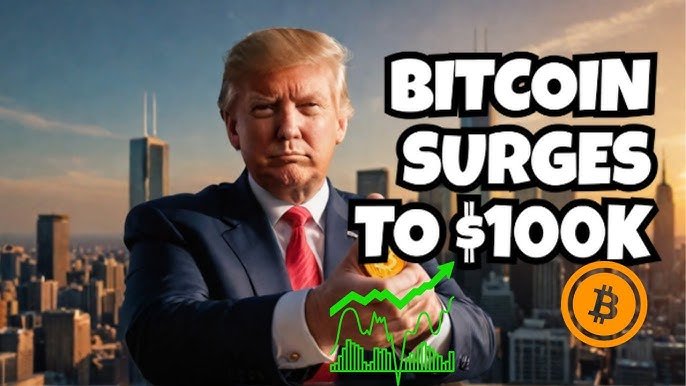Trump’s Victory Fuels Market Rally, but Inauguration Sparks Concerns of Sell-Off

Donald Trump’s presidential victory ignited a bullish sentiment among investors, triggering a market rally that boosted various assets, including cryptocurrencies. However, after this explosive surge, momentum has started to wane, raising fears of a potential market sell-off coinciding with Trump’s inauguration.
Analysts are increasingly concerned about signs of market stagnation and a possible peak. Arthur Hayes, founder of BitMEX and a prominent crypto investor, has cautioned that the market's optimism about Trump’s administration might be overly inflated.
“There is a significant gap between the high expectations of crypto investors regarding the pace of Trump’s policy changes and the reality, which is that there are no politically viable solutions to implement rapid reforms,” Hayes stated.
He further emphasized that the administration might have only a narrow window of one year to introduce meaningful policy changes, starting January 20. According to Hayes, this realization could lead to a sharp sell-off in crypto assets, driven by unmet expectations.

Diverging Opinions on Market Trends Post-Inauguration
Hayes’ bearish outlook has sparked debate among experts. Crypto analyst Stats (@punk9059) queried his 111,000 followers on whether Hayes’ assessment was overly pessimistic.
Critics of Hayes pointed out that his predictions in 2024 were not consistently accurate, and they view his current stance as excessively bearish. Others noted the contrarian perspective of traders who predict a market downturn precisely because bullish sentiment is widespread.
Analyst Aporia (@0xaporia) countered Hayes' view by sharing a historical Bitcoin (BTC) performance chart, highlighting bullish trends in the first quarter following a halving. Aporia’s data suggests that Bitcoin could experience a significant price surge in early 2025, aligning with patterns observed in previous cycles.

Bitcoin Still Bullish? Ali Martinez Points to RSI Trends
Adding weight to the bullish argument, renowned analyst Ali Martinez asserts that Bitcoin is far from entering a bearish market. Martinez emphasizes that Bitcoin’s Relative Strength Index (RSI), a key technical indicator, shows no signs of a market peak.
Historically, Bitcoin’s market peaks have coincided with RSI levels exceeding 92. Martinez noted that in 2013 and 2021, RSI levels surpassed this critical threshold, leading to sharp corrections and the onset of bear markets.
Currently, Bitcoin’s RSI is at 74, suggesting substantial room for upward movement before reaching a potential market top. While historical trends are not guarantees, they indicate that Bitcoin is still within a bullish phase.
Short-Term Retracement or Sustained Growth?
Despite the optimism, the elevated expectations surrounding Trump’s inauguration could lead to a short-term market retracement if those expectations are unmet. A brief sell-off might occur as investors adjust to slower-than-anticipated policy changes.
However, many experts anticipate a rebound in the crypto market after this potential dip, driven by strong fundamentals, the momentum from Bitcoin’s post-halving cycles, and sustained investor confidence. Such a recovery could set the stage for a bullish continuation in 2025, reinforcing Bitcoin’s long-term growth narrative.
This is eye interesting technical perspective based on the RSI indicator. Here are some key considerations:
Current RSI at 74 vs. historical peak levels of 92+
Significant headroom remains before reaching traditionally "overbought" territory
Historical precedents from 2013 and 2021 provide valuable context
Important Caveats to Consider
Past Performance Context
While historical RSI patterns are informative, market conditions have evolved significantly since 2013/2021
Institutional involvement and market maturity may alter traditional technical patterns
Political Factor Analysis
Trump inauguration expectations represent a unique variable not present in previous cycles
Political events typically create short-term volatility rather than long-term directional shifts
Structural Market Changes
The upcoming halving cycle's impact may differ from previous cycles due to:
Increased institutional participation
More developed derivatives markets
Enhanced regulatory framework
Forward-Looking Perspective
The most prudent approach would be to:
Monitor multiple indicators beyond just RSI
Maintain awareness of macro factors affecting crypto markets
Consider position sizing to account for potential short-term volatility
Focus on longer-term fundamentals rather than short-term political events
Note: While the technical analysis suggests continued bullish momentum, investors should always maintain appropriate risk management strategies and avoid overleveraging based on any single indicator or analysis.